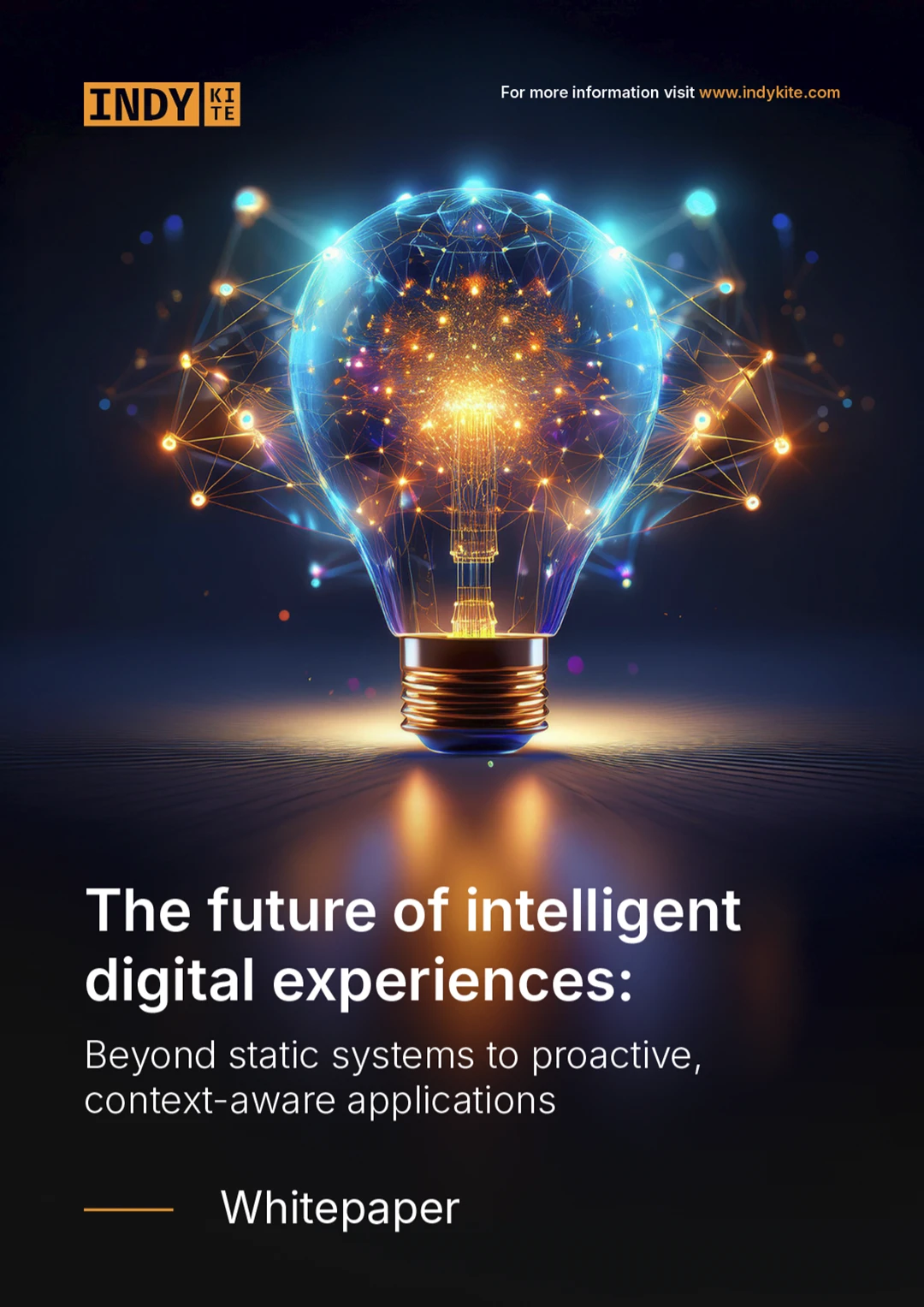Enterprises are increasingly adopting graph models to unify fragmented data and reveal the relationships that drive business growth. Graphs make it possible to see connections that are often hidden in traditional systems, providing the clarity needed to understand customers, processes, and risks in context.
While graphs bring much-needed visibility and clarity, the greater opportunity is in operationalizing the data so it can actively support business processes and applications.
Beyond visibility to control
In practice, operationalization means that a graph is no longer only a representation of how entities relate, but also the foundation for granular governance. Metadata and relationships in the model can be leveraged by an externalized authorization and data control engine (like Indykite) to enforce enterprise policies to apply governance consistently across systems.
For enterprises, this turns a static model into infrastructure that applications, analytics, and AI can act on directly.
Once operationalized, graph data can move beyond exploration and analysis to become part of enterprise workflows. Applications query not just values but also the metadata that describe reliability and permitted use. AI systems can filter inputs based on trust scores, enforce governance automatically, and adapt as data conditions change. Partner ecosystems can consume data with the assurance that policies and context travel with it.
This operational dimension is what turns graph from a structural advantage into a dependable enterprise resource. Data is not just connected, but governed, contextualized, and ready to be mobilized across systems.
Enterprise outcomes
Operationalizing graph data produces outcomes that are directly relevant to enterprise priorities:
- Confidence in data-driven decisions: context and trust signals allow teams to act on data knowing its origins, conditions, and reliability.
- Faster scale-up of AI and automation: models can incorporate governance directly into data flows, reducing manual oversight.
- Secure collaboration across ecosystems: partners access data with usage rules intact, reducing compliance risks.
- Resilience under change: as systems evolve, operationalized graph models preserve continuity by keeping rules and context bound to the data.
From connected structure to enterprise capability
Graph data provides the structure to capture relationships across the enterprise. Operationalization ensures that structure can be applied with confidence, consistency, and control. It is this progression – from connected records, to integrated applications, to operationalized intelligence – that allows enterprises to treat data not just as an asset, but as a capability that can be mobilized across every system, product, and partnership.















